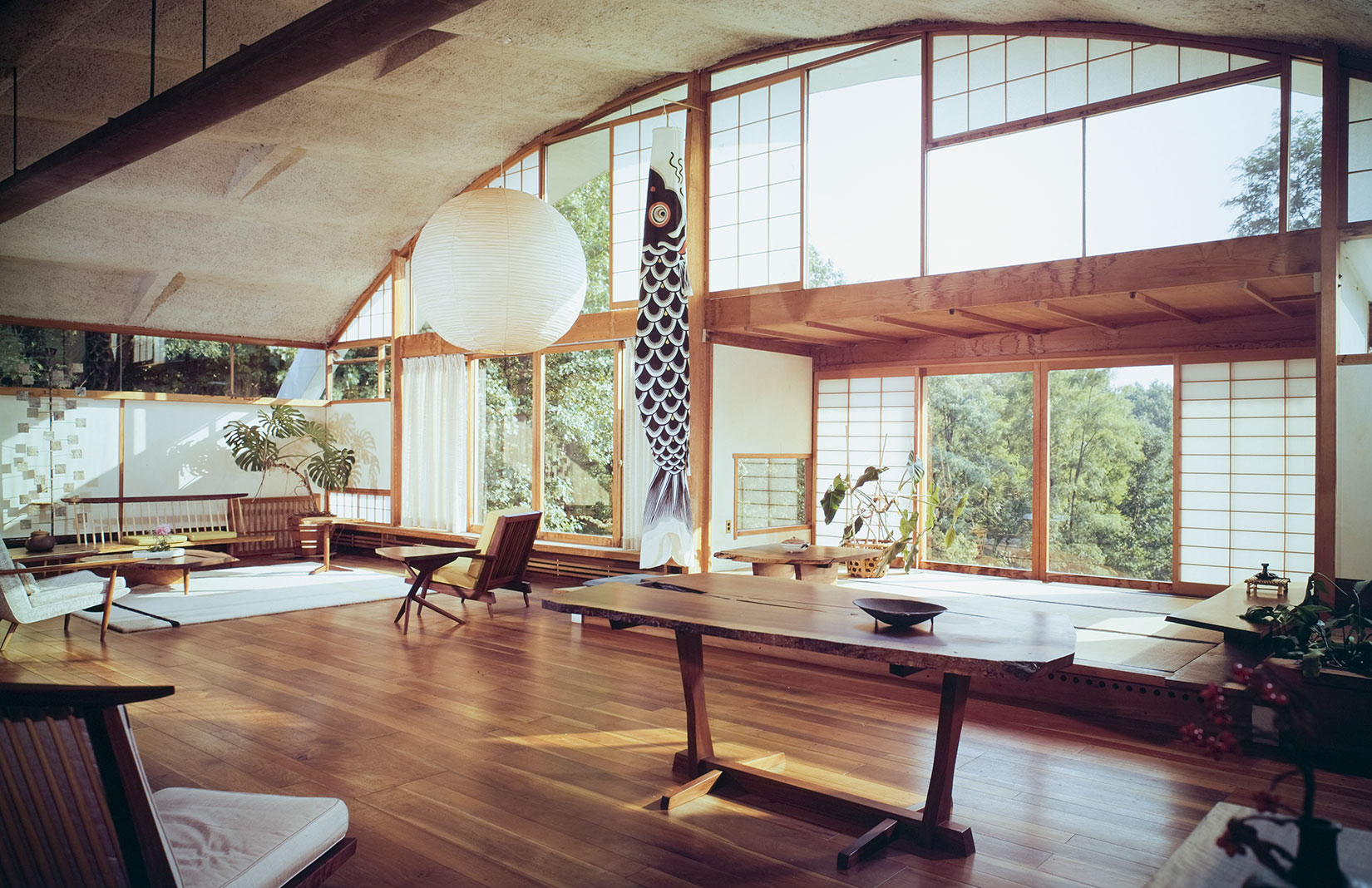Installing home outdoor lighting controls can significantly improve the security and aesthetics of your property. It allows you to manage your outdoor lights effortlessly, making it possible to adjust the brightness level based on personal preference or time of day. This article will guide you through a step-by-step process on how to install home outdoor lighting controls.
Before starting, ensure that you have all necessary tools and materials ready. You’ll need a screwdriver, wire stripper, voltage tester, electrical tape, and of course, the lighting control system itself which usually comes with a receiver and transmitter.
To begin with, turn off the power supply from your main switchboard to avoid any potential accidents. Use a voltage tester to confirm that there’s no electricity flowing in the wires where you’ll be working.
Next is installing the receiver. Locate your existing light switch box for this step. Remove the cover plate of your old switch using a screwdriver then take out the switch as well while ensuring that all wires are still intact. Connect these wires into corresponding terminals on your new receiver – black (or hot) wire goes into black terminal; white (or neutral) wire into white terminal; ground wire (usually green or bare copper) into green terminal.
After securing these connections with electrical tape, carefully place back everything inside the box then replace its cover plate. The receiver installation is now complete.
Moving onto transmitter installation which is typically placed near an entrance or somewhere easily accessible indoors. If it’s battery-operated wireless type like most models today are – simply mount it onto desired location using screws provided by manufacturer then insert batteries as instructed in user manual.
However if it’s wired type – similar steps with receiver installation apply: Turn off power supply first; remove old switch if present; connect wires properly; secure connections using electrical tape before putting everything back neatly inside their respective boxes.
Once both installations are done – turn back on power supply from main switchboard then test if system works properly. You should be able to control your outdoor lights using new transmitter by this point.
Lastly, remember to read and follow instructions provided by the manufacturer of your lighting control system carefully. Each model may have different features or requirements so it’s best to understand them fully before starting installation process.
Installing home outdoor lighting controls is a simple task that can provide numerous benefits for homeowners. With proper guidance and preparation, you can easily accomplish this project over a weekend and enjoy a more convenient and efficient way of managing your property’s outdoor lighting.

